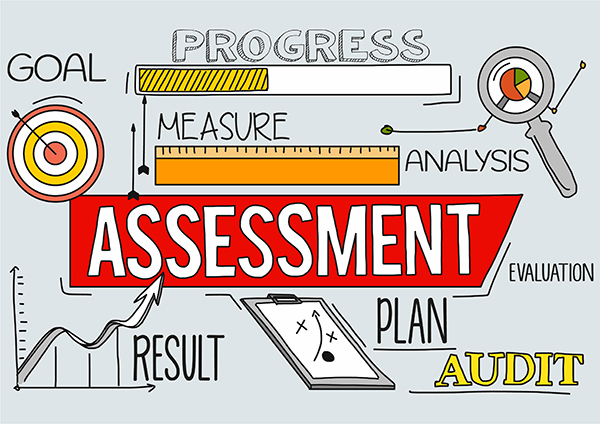Assessment. A well rounded, yet complex word. Assessment seemed daunting throughout my journey in the education program. I understood its structure but found myself constantly asking more questions. I had a clear understanding of what both summative and formative assessments were based upon but had limited knowledge of the physical assessment and determining which ways to assess. As a student’s growing up in Elementary and High School, I thought everything I every handed in was being graded by my teachers, which I learned quickly as a student teacher that, that was not the case. It wasn’t until my final practicum where I was able to learn and adapt strategies from my coaching teacher and find various ways that work for me as I assessed my students during my ten weeks. Assessment is a crucial component to the student’s success. Tracking, taking notes, and assessing your students not only help your students grasp deeper and more meaningful knowledge but also helps us as teacher recognize what is working, what may need to be developed more, and what needs to be revised. I really dove into assessment during my final practicum and tried various ways of assessing, learning new government assessments, and how I can decipher when to summative assess versus formally.
During my final tern week practicum, here are some examples of assessment I covered:
- SNAP Assessments: going over the various components with students, leading the assessment, grading the assessments and imputing the outcomes into MyEd.
- BAS Assessments: having students read a variety of level books to determine their level which was best suited for them and documenting their outcome into MyEd.
- Unit Assessments: each unit I had taught, we ended the unit with a summative assessment where students had to work independently to show me what they have learned. This information was used to determine where they were on the proficiency scale for report card writing. I had done assessments for science, math, language arts, and social studies.
- Report card writing: I had completed independently all of the students in my practicum class report cards, determining where they were on the proficiency scale for the five core subjects we were assessing for the report card, wrote comments for both language arts and math, giving each students a strength and a stretch. Report card writing was an accumulation of my teaching over the past ten weeks and I found ways to keep track of assessments and understanding each students ways of learning by note taking and observing.
